Basements and Plumbers
Licensed Denver plumbers will have the know-how to install the proper plumbing in your basement bathroom. Your family can enjoy a basement bathroom on a regular basis, and the basement bathroom will also offer a safe haven during a tornado. A basement is the safest place to be during a tornado due to the fact that a heavy object (the house) can help shield people from strong winds. Plumbing fixtures, such as the bathtub and toilet, often are the sturdiest features of a house. Depending on the severity of the tornado, plumbing may even hold the walls together. Hiring licensed plumbers in Denver will ensure that all bathroom plumbing is sturdy and up to code.
Requirements of Denver Plumbers
Because plumbing codes are occasionally amended, it is important to work only with Denver licensed plumbers. All licensed plumbers in Denver must stay up to date with current Denver and international plumbing codes and are required to prove this knowledge. This is done through training and certification in International Plumbing Code (IPC). Training and licensing for Denver plumbers involves a combination of hands-on work, plumbers' continuing education courses and plumbers' exams. No plumbers can be issued a license without going through the proper procedures and keeping up with the required plumbers' continuing education courses. This process ensures that all Denver plumbers are doing work that is up to code.
*I originally published this via Yahoo Contributor Network
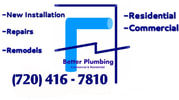
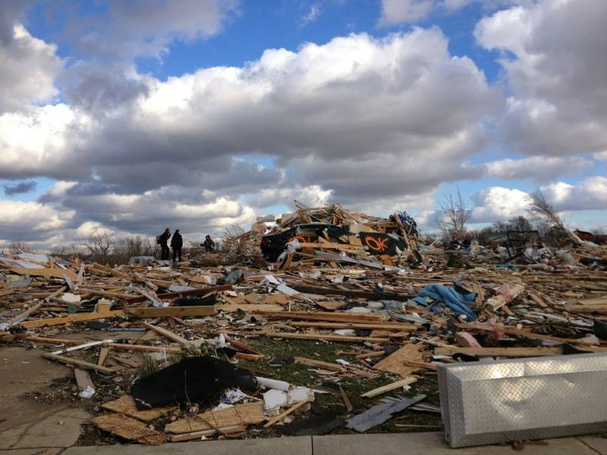
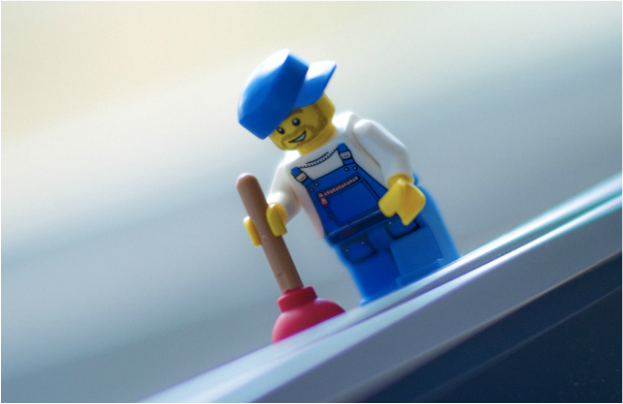
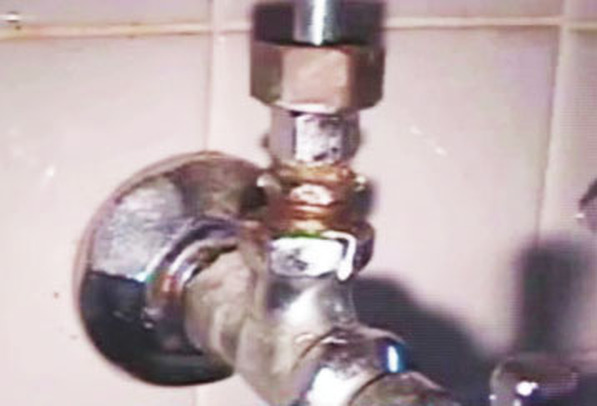
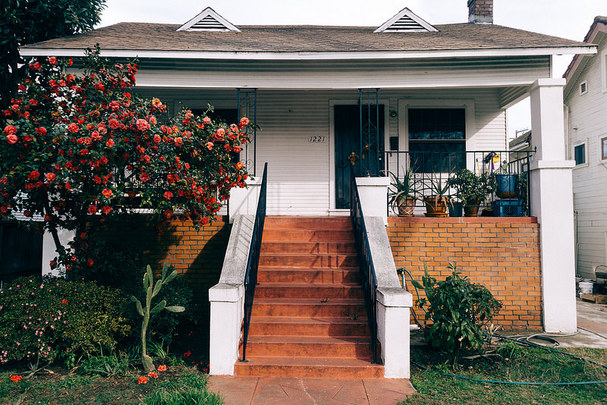
 RSS Feed
RSS Feed

